Traditional Mongolian diet is deeply rooted in the nomadic life of Mongolians and pastoral livestock husbandry. Mongolians depended on their livestock not only for transportation, clothing, household materials, but also largely for food and energy. The diet is also highly adapted to the country’s climate with relatively short summers and long and cold winters. Mongolian diet essentially consists of meat and dairy products.
1. Khorkhog
Khorkhog, similar to stewed meat, is an authentic Mongolian barbeque. Big pieces of meat, usually mutton, are cooked inside a container over an open fire with some vegetables, most commonly carrots, potatoes, cabbage and onion. Its specialty is that during cooking, smooth, preheated stones are placed in the container to foster the cooking process. Once the meat is thoroughly cooked, the container is opened, and stones are handed for diners to hold. Holding and rubbing hot stones in one’s palm is believed to improve blood circulation, reduce fatigue and stimulate the nerves as well. It is often cooked during summer time and enjoyed in group. You can try this special meal in the following restaurants in the city:
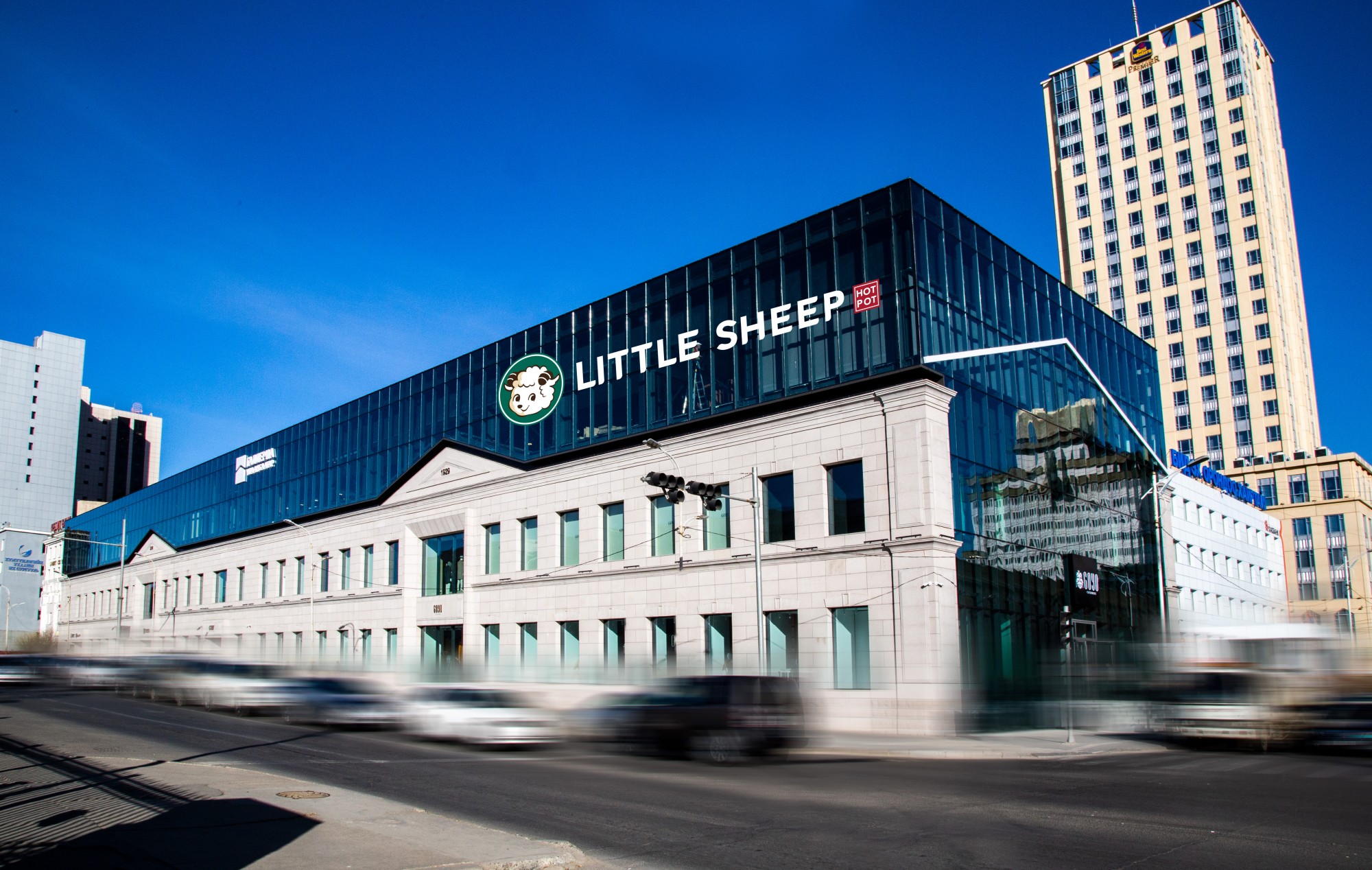
- Little Sheep Hot Pot restaurant;
- Modern Nomads restaurant;
- Mongolians restaurants that serve typical Mongolian dishes.
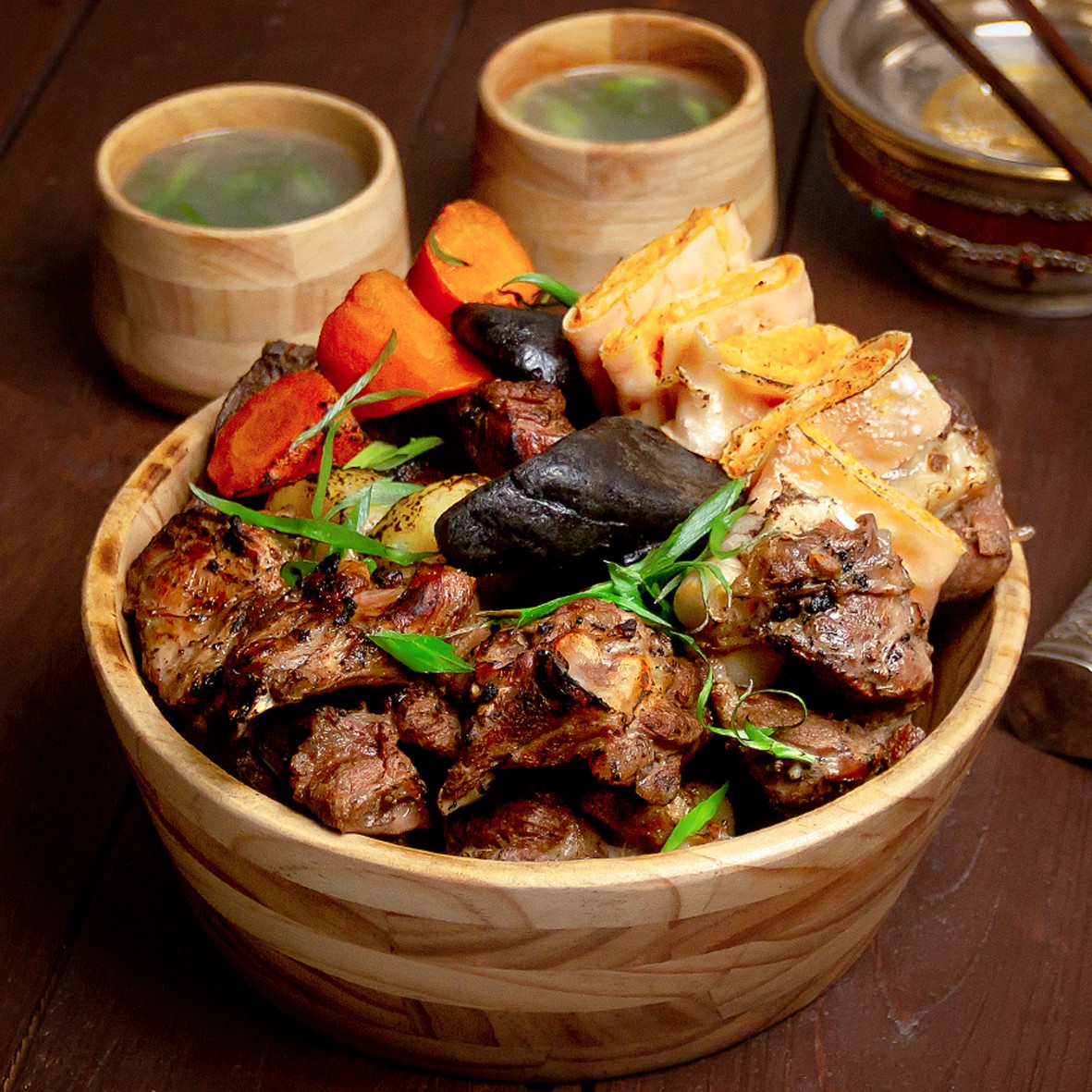
2. Buuz
Buuz is a variation of dumpling, which is essentially a pastry filled with mutton or beef. Round in shape, they are prepared of ground meat mixed with onion, sometimes cabbage; and steamed. They are most often prepared and consumed during national celebrations such as the Lunar New Year. But many locals regularly eat Buuz at home and outside. Major cafeterias and most small restaurants serve Buuz. So, you can find and try this dish basically anywhere.
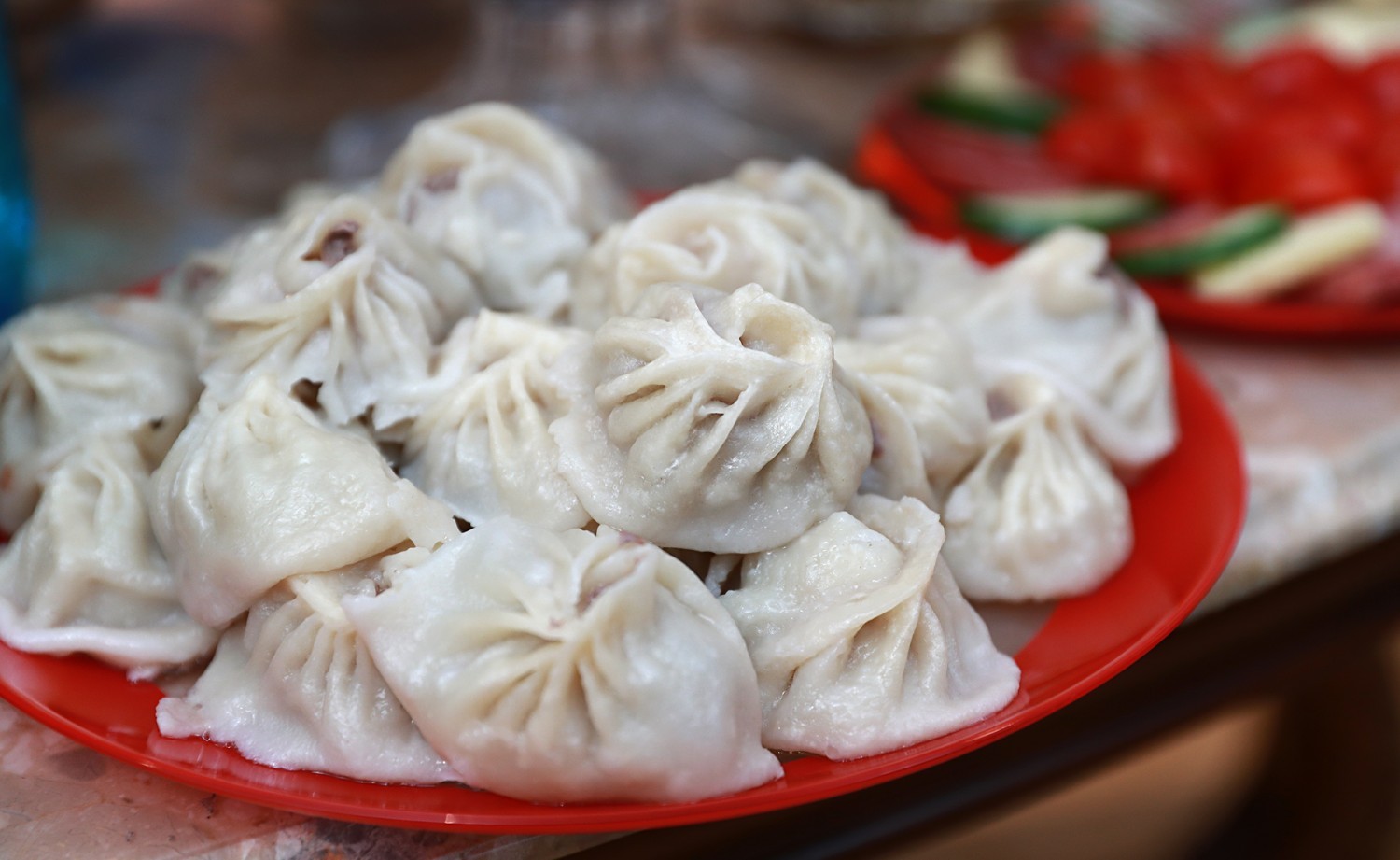
3. Mongolian Hot Pot soup
Hot Pot cooking method involves simmering soup stock at the dining table with fresh ingredients added by the diner him/herself. Typical ingredients include thinly sliced meat, leaf vegetables, mushrooms, dumplings and noodles. A dipping sauce is usually used to flavor the soup. In the city there are a few restaurants that serve hot pot meals. The most recommended one is “Little Sheep Hot Pot” restaurant. In addition to its must-try experience, it is the most popular one with its soup enriched with medicinal herbs and spices. Little Sheep Hot Pot has also another signature dish, which leads us on to our next must-try meal.
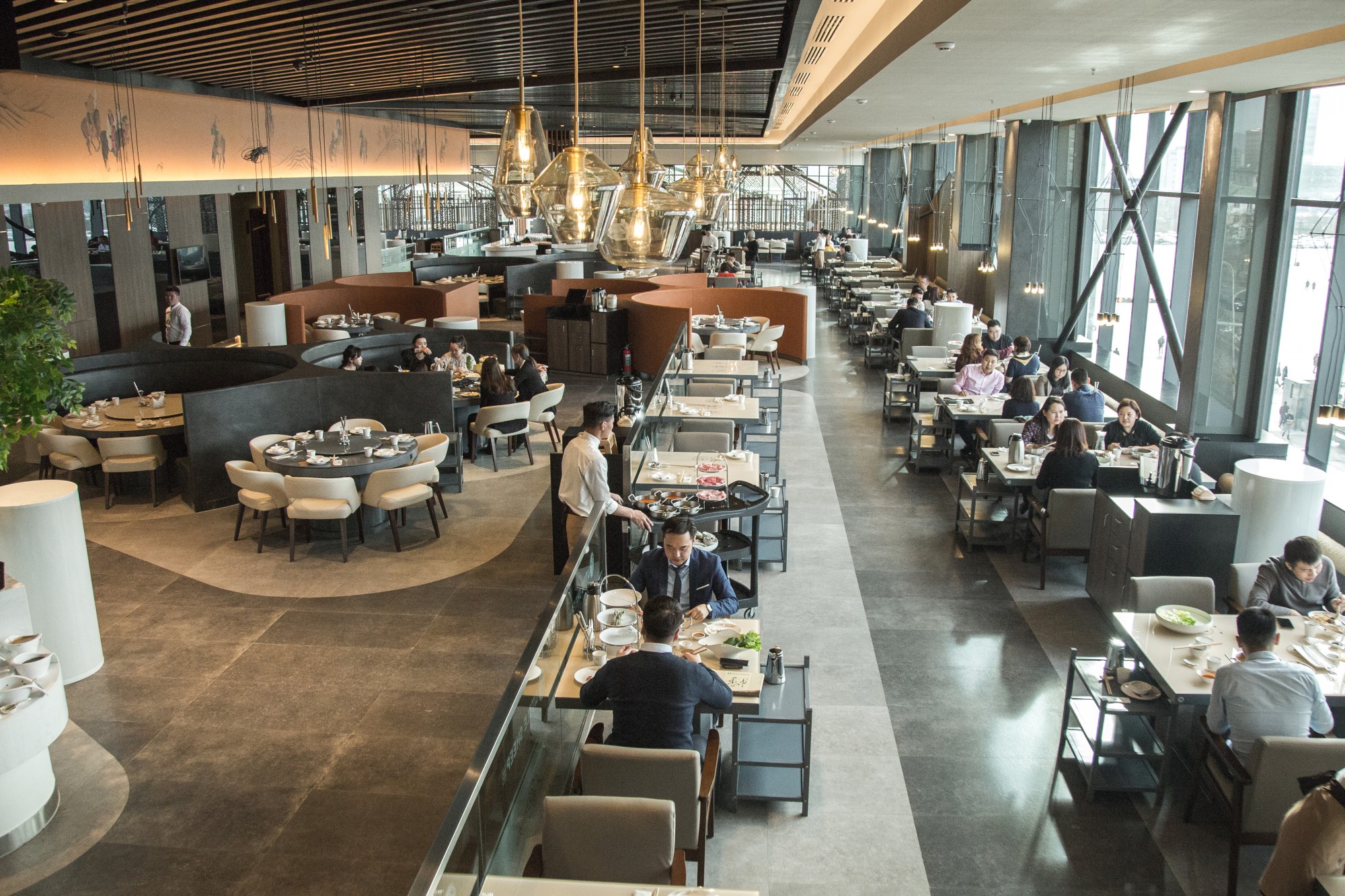

4. UB Lamb
UB lamb is a signature dish of Little Sheep Hot Pot restaurant in Mongolia. Prepared by the traditional Mongolian BBQ method, its tender meat is enjoyed with a pancake wrapped with other ingredients. The specialty of the dish is that it uses lamb only raised and grazed freely in the Mongolian grassland. Sheep has always been considered the most nutritious food source rich in fiber with the potential to restore and refresh human body. Little Sheep Hot Pot is a global chain restaurant with over 300 branches all over the world including Hong Kong, Taiwan, the United States, Japan, and Canada. In 2018, the world’s largest branch of the restaurant opened in Mongolia.
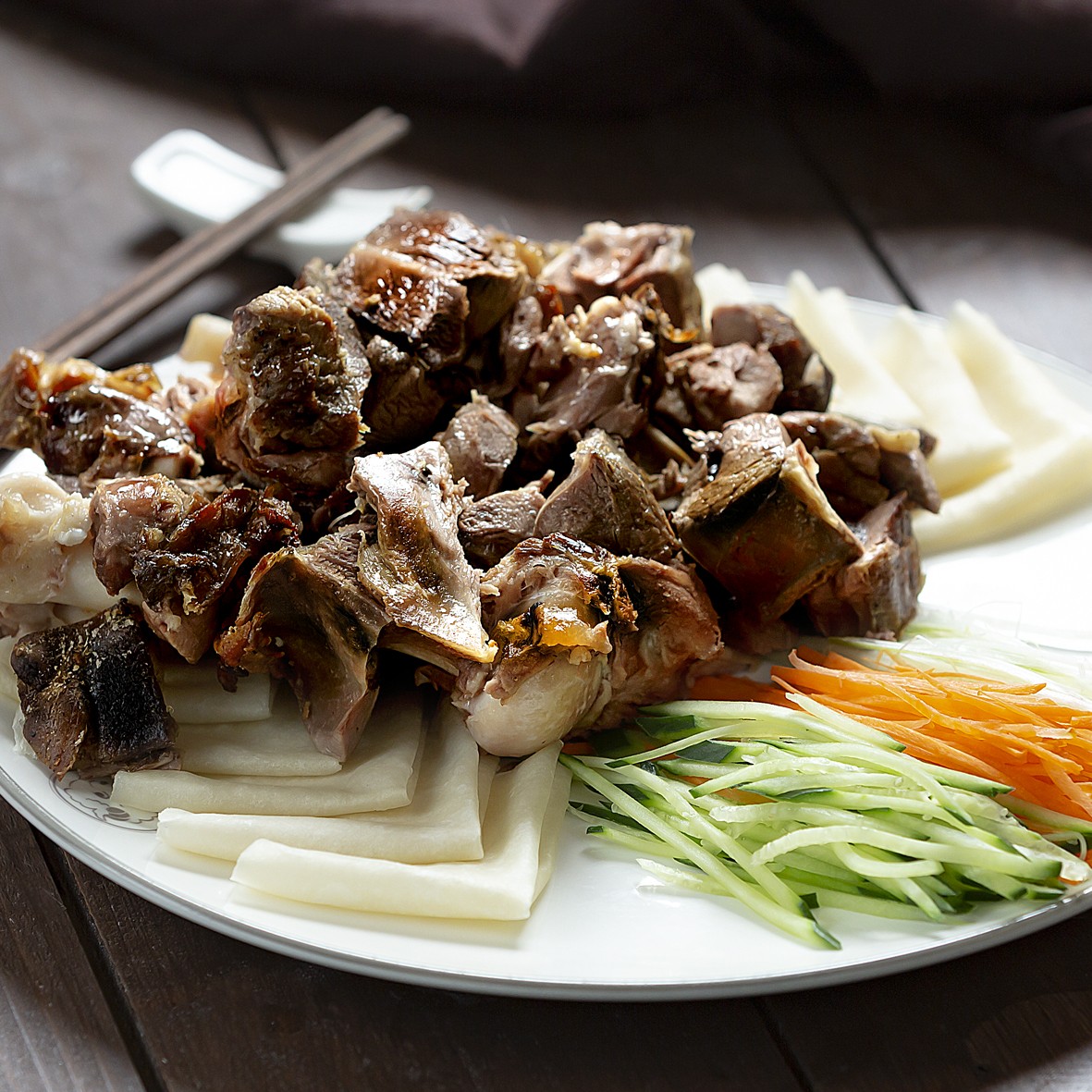
5. Boodog
Boodog is another variety of khorkhog, where meat is also cooked with hot stones but instead of a container, it is prepared in the deboned and tightly sealed skin of the slaughtered animal cooked over an open flame. Boodog is either prepared with goat or marmot meat. Mongolians still prepare traditional boodog in wintertime, but you'll have to venture to the countryside if you decide to try this hearty meal.
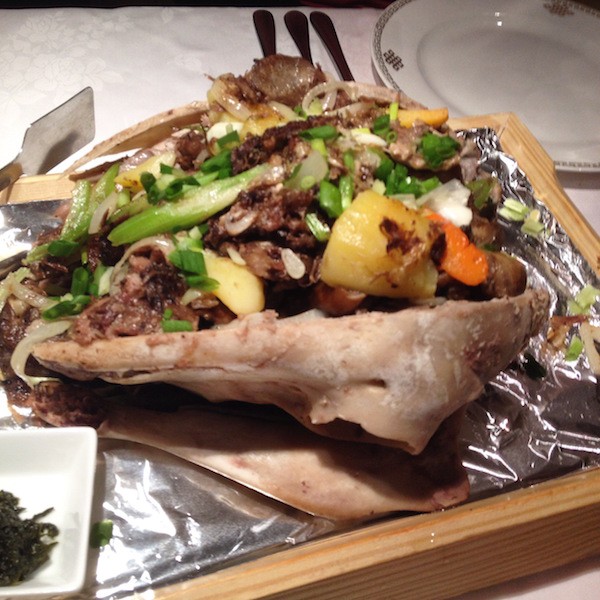
6. Tsuivan – Noodle stew
Noodles cooked with pork, beef or mutton and a dash of cabbage, onion, and carrots are called Tsuivan in Mongolia. Mutton is traditionally used, but other types of meat such as beef or pork work just as well. The meatiness of the stew blends in with the bland flavor of the vegetables to create a unique taste. In Mongolia Tsuivan is liked by everyone, irrespective of age, gender, religion, and social status. It is a common meal in Mongolia that people enjoy anytime of the day. You can try Tsuivan at any restaurant and in any region in Mongolia.
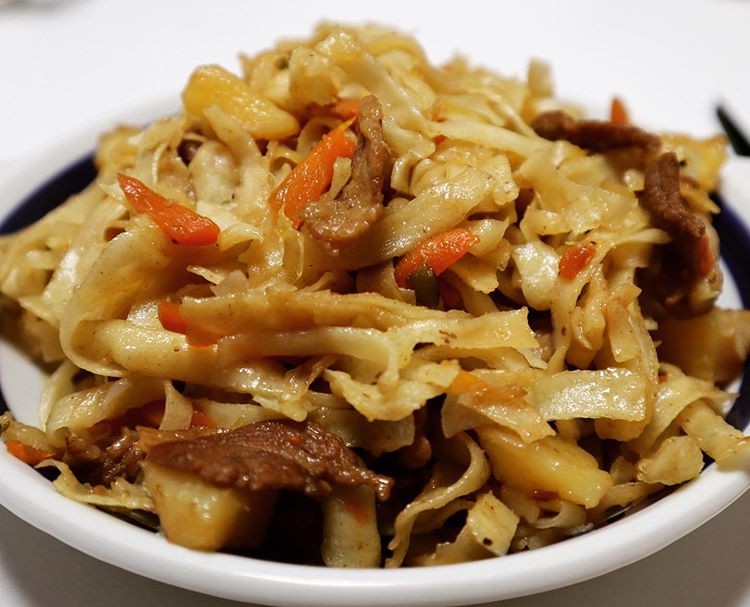
Traditional Mongolian diet is deeply rooted in the nomadic life of Mongolians and pastoral livestock husbandry. Mongolians depended on their livestock not only for transportation, clothing, household materials, but also largely for food and energy. The diet is also highly adapted to the country’s climate with relatively short summers and long and cold winters. Mongolian diet essentially consists of meat and dairy products.
1. Khorkhog
Khorkhog, similar to stewed meat, is an authentic Mongolian barbeque. Big pieces of meat, usually mutton, are cooked inside a container over an open fire with some vegetables, most commonly carrots, potatoes, cabbage and onion. Its specialty is that during cooking, smooth, preheated stones are placed in the container to foster the cooking process. Once the meat is thoroughly cooked, the container is opened, and stones are handed for diners to hold. Holding and rubbing hot stones in one’s palm is believed to improve blood circulation, reduce fatigue and stimulate the nerves as well. It is often cooked during summer time and enjoyed in group. You can try this special meal in the following restaurants in the city:

- Little Sheep Hot Pot restaurant;
- Modern Nomads restaurant;
- Mongolians restaurants that serve typical Mongolian dishes.

2. Buuz
Buuz is a variation of dumpling, which is essentially a pastry filled with mutton or beef. Round in shape, they are prepared of ground meat mixed with onion, sometimes cabbage; and steamed. They are most often prepared and consumed during national celebrations such as the Lunar New Year. But many locals regularly eat Buuz at home and outside. Major cafeterias and most small restaurants serve Buuz. So, you can find and try this dish basically anywhere.

3. Mongolian Hot Pot soup
Hot Pot cooking method involves simmering soup stock at the dining table with fresh ingredients added by the diner him/herself. Typical ingredients include thinly sliced meat, leaf vegetables, mushrooms, dumplings and noodles. A dipping sauce is usually used to flavor the soup. In the city there are a few restaurants that serve hot pot meals. The most recommended one is “Little Sheep Hot Pot” restaurant. In addition to its must-try experience, it is the most popular one with its soup enriched with medicinal herbs and spices. Little Sheep Hot Pot has also another signature dish, which leads us on to our next must-try meal.


4. UB Lamb
UB lamb is a signature dish of Little Sheep Hot Pot restaurant in Mongolia. Prepared by the traditional Mongolian BBQ method, its tender meat is enjoyed with a pancake wrapped with other ingredients. The specialty of the dish is that it uses lamb only raised and grazed freely in the Mongolian grassland. Sheep has always been considered the most nutritious food source rich in fiber with the potential to restore and refresh human body. Little Sheep Hot Pot is a global chain restaurant with over 300 branches all over the world including Hong Kong, Taiwan, the United States, Japan, and Canada. In 2018, the world’s largest branch of the restaurant opened in Mongolia.

5. Boodog
Boodog is another variety of khorkhog, where meat is also cooked with hot stones but instead of a container, it is prepared in the deboned and tightly sealed skin of the slaughtered animal cooked over an open flame. Boodog is either prepared with goat or marmot meat. Mongolians still prepare traditional boodog in wintertime, but you'll have to venture to the countryside if you decide to try this hearty meal.

6. Tsuivan – Noodle stew
Noodles cooked with pork, beef or mutton and a dash of cabbage, onion, and carrots are called Tsuivan in Mongolia. Mutton is traditionally used, but other types of meat such as beef or pork work just as well. The meatiness of the stew blends in with the bland flavor of the vegetables to create a unique taste. In Mongolia Tsuivan is liked by everyone, irrespective of age, gender, religion, and social status. It is a common meal in Mongolia that people enjoy anytime of the day. You can try Tsuivan at any restaurant and in any region in Mongolia.

